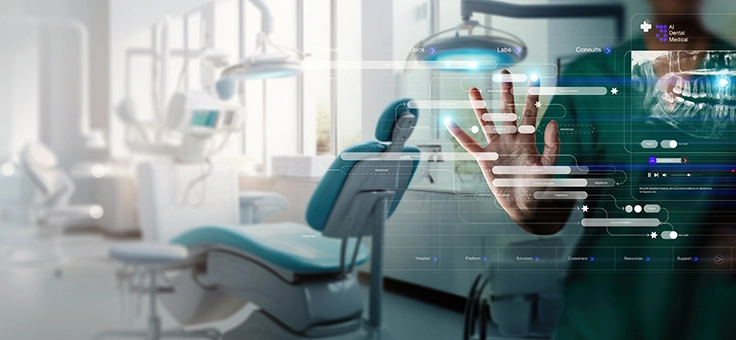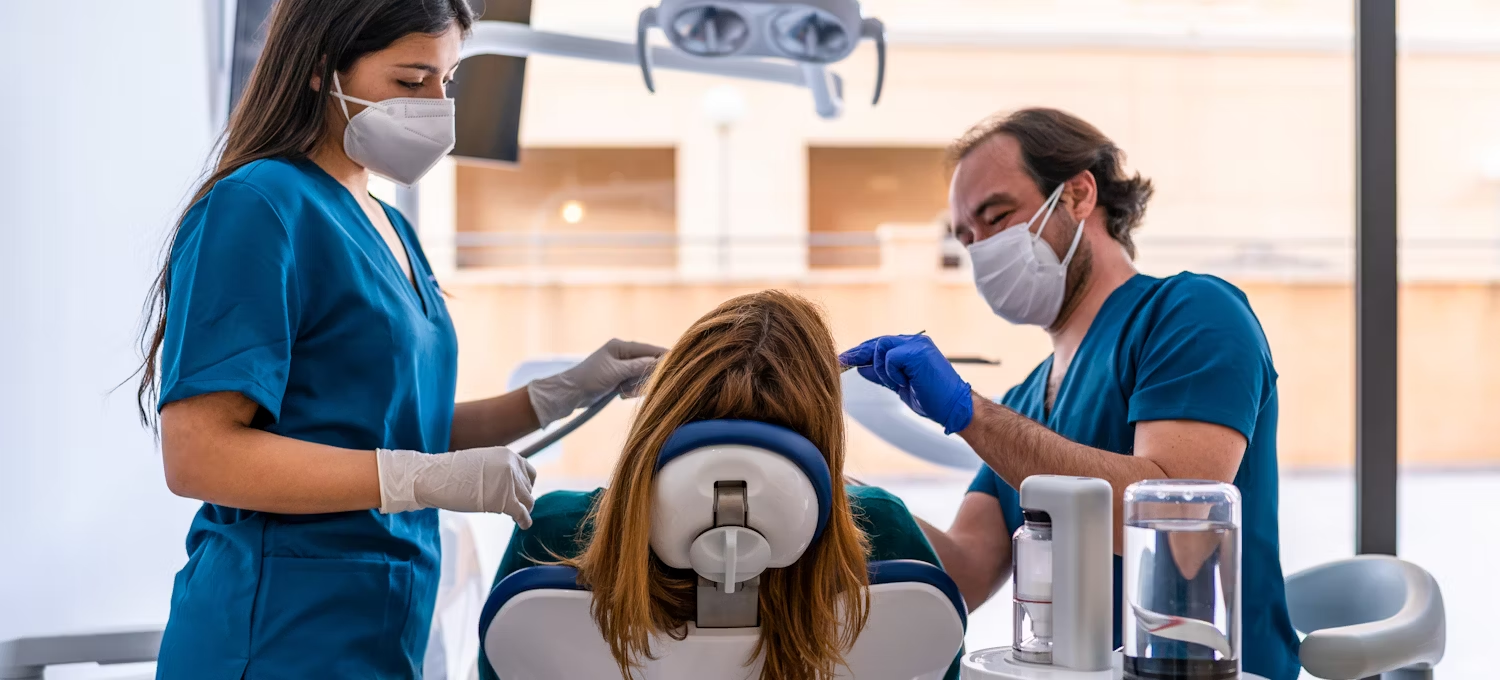When Dental Records Become a Target: Cybersecurity in the Clinic
For years, small dental offices assumed that hackers were more interested in big hospitals. That illusion is fading quickly. With electronic charts, imaging archives, insurance data, and payment details now digitized, dental practices have become an easier – and sometimes more attractive – target.
The Underestimated Value of Dental Data
Ask a dentist what’s inside their IT systems, and the answer is usually straightforward: patient names, x-rays, treatment notes. But from a criminal’s perspective, that is a complete package. Identity information combined with insurance records can be resold, used for fraud, or held hostage through ransomware. What looks like “routine admin” to a clinic is a goldmine in the underground market.
Everyday Gaps That Open the Door
In most incidents, attackers don’t need sophisticated tools. They exploit the basics:
– a receptionist re-using the same weak password everywhere,
– outdated imaging software with unpatched vulnerabilities,
– or a laptop taken home with unencrypted patient files.
Sometimes the weakest point is not even inside the clinic itself but in an external lab or cloud provider that handles scans and billing data.
Ransomware in the Waiting Room
Imagine a practice where every appointment is logged electronically, x-rays are digital, and billing runs through a cloud system. One ransomware attack can freeze it all. Staff can’t access patient histories, imaging software won’t open, and the schedule collapses in hours. For small practices, the downtime itself can be devastating — even before the ransom demand arrives.
Building Practical Defenses
Dental administrators rarely have the budget of a hospital IT department, but several measures make a real difference:
– update software and apply security patches regularly,
– enforce unique logins with two-factor authentication,
– encrypt every mobile device that holds patient data,
– train staff to spot phishing attempts,
– and maintain reliable offline backups.
None of these steps require futuristic tools, just discipline and clear policy.
The Compliance Pressure
On top of security threats, regulations such as HIPAA or GDPR set strict rules for protecting patient data. A breach doesn’t just mean downtime — it can also lead to heavy fines and loss of credibility. In a competitive market, clinics that can prove strong data protection often gain trust with patients who are increasingly aware of privacy issues.
Why This Matters Now
Dental care is becoming more digital by the day. That shift brings efficiency, but also exposure. For administrators, cybersecurity is no longer an IT add-on — it is a core part of patient safety and business continuity. The practices that take it seriously will not only reduce risks but also stand out as trustworthy providers in a world where data leaks make headlines weekly.




